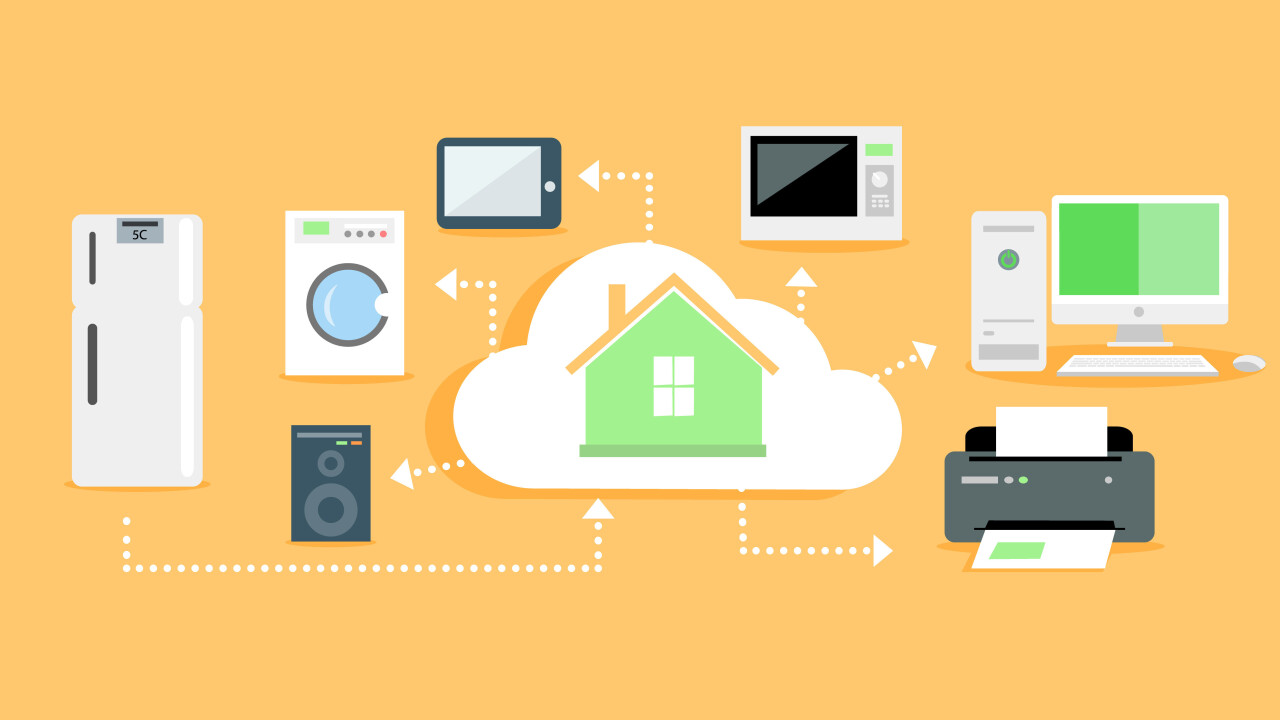
Every day, various aspects of our lives are becoming easier — and more connected — through the Internet of Things and smart home technology.
We are constantly generating data, receiving information, and in real-time communication with our devices and each other – from anywhere, at any time. And this connectedness is only increasing. By 2020, the number of smart home devices will more than double.
So what big leaps are these industries taking in 2016?
Data will undergo a huge makeover
When smart home companies first launched, they didn’t have access to nearly as much user data as they have today.
Now, flooded with an abundant amount of information on user activity, preferences and goals, IoT companies are turning this data into notifications to give users as many insightful tips as possible.

Today’s users are more informed and in-the-know on their smart home activity, but it’s coming at a cost as the pendulum has swung from few notifications to information overload.
To avoid overwhelming users with a deluge of alerts from their smart devices, IoT companies will need to organize, prioritize and streamline data – and then present it properly. Some may want only life-altering alerts — like an alarm to alert users of a gas leak – while others will find incredible value in inactivity alerts, such as when a user didn’t schedule his coffee to brew.
What alerts are most important? When should they be shared? How should they be shared? These are questions IoT companies need to ask themselves to ensure a pleasant user experience and balance of informed and happy users.
Companies will become household brands, not luxury items
Early adopters of smart home products are a small group of tech fanatics. However, the demographic of smart home users is vastly expanding beyond just 30 to 40-year-olds in single family homes.

In fact, 68 percent of Americans are confident smart homes will be as commonplace as smartphones within 10 years.
The cost of owning a house is the biggest expense in a homeowner’s life. Housing eats up most of the average person’s budget, accounting for 33 percent of their annual expenses.
Smart home products promise to save time, energy and money for homeowners, with 45 percentof smart home product users saying these products have saved them $1,100 per year, and 87 percent saying they have made their lives easier. As a result,smart home products will become standard household brands in the coming year.
Software features will expand beyond the hardware
Hardware has always been the backbone of household products. Once you owned a product, you were stuck with it until you bought a new version.
Want the new refrigerator? Upgrade to the sleeker, silver edition with freezer drawers and crushed ice. Want a better thermostat? Buy the new black edition with a touch screen.

Smart home products in 2016 will offer unprecedented technology — so much more than the physical product you see in front of you. IoT companies will start to broaden the value of their hardware platforms with the addition of advanced upgrades and integrations with professional software services tied to their markets.
Through these integrations, users will gain better features, more possibilities and more value from the same hardware they already own. Impressive hardware will simply not be enough – innovative software will be a must.
IoT products will be forced to focus on security
Seventy-one percent of consumers fear their personal information may get stolen by using smart home products. In fact, consumers say they are more worried about this than they are about the cost of the technology.

Once IoT companies have implemented these security features, it will be essential to effectively communicate how secure their products are, to convert nervous consumers into buyers. Providing clear details on how their products are secure and why users don’t need to worry about the safety of their information will be absolutely key in 2016.
As 2015 comes to an end, I know we’ve only begun to see the possibilities of the IoT and smart home industries. And as I look ahead to 2016 – between streamlined alerts, software integrations, improved security measures and product refinements and extensions – I know smart homes are only going to become more insightful and more connected than ever before. And I can’t wait.
Read next: Why the DIY smart home revolution won’t work
Image credit: Shutterstock
Get the TNW newsletter
Get the most important tech news in your inbox each week.





